Publication 102 - Wisconsin Tax Treatment Of Tax-Option (S) Corporations And Their Shareholders Page 8
ADVERTISEMENT
Publication 102
1. Voluntary Termination
corporation on the day on which the “opt-out” election is
made. To be effective for the current taxable year, the
election must be made on or before the due date or extended
Under the Internal Revenue Code, a corporation may
due date of the corporation’s current Wisconsin franchise or
voluntarily revoke its S election at any time after the
income tax return. To make the “opt-out” election, the
initial election is made. The revocation may be effective
corporation must file Wisconsin Form 5E, Election by an S
for the entire taxable year if made on or before the 15th
Corporation Not to Be Treated as a Tax-Option Corporation.
day of the 3rd month of that taxable year. Otherwise, it
may be effective for the following taxable year. In either
case, the revocation may specify that it is to be effective
The “opt-out” election is completed by filing a Wisconsin
on a date that is on or after the day of revocation.
franchise or income tax return in accordance with the
election. A corporation that has made an “opt-out” election
must file Form 4 or Form 5 for Wisconsin rather than Form
2. Involuntary Termination
5S. Since the corporation will be filing Form 1120S for
federal purposes, special adjustments, which are explained in
A corporation’s Subchapter S status under the Internal
the Form 4 or Form 5 instructions, may be required to
Revenue Code will be involuntarily terminated for
properly determine Wisconsin net income.
federal and, therefore, also for Wisconsin purposes if —
In addition, the shareholders of a corporation that has made
a. The corporation had accumulated Subchapter C
an “opt-out” election must make modifications when
earnings and profits at year-end and its passive
computing their Wisconsin adjusted gross income and
investment income exceeded 25% of gross receipts
Wisconsin itemized deduction credit. They must eliminate all
for each of 3 consecutive taxable years. The election
S corporation items of income, loss, and deduction included
is terminated as of the first day of the taxable year
in their federal adjusted gross income and add the amount of
beginning after the third consecutive taxable year in
any distributions received from the corporation.
which there is excess passive investment income.
An S corporation doesn’t have to be under Wisconsin’s
b. The corporation ceases to be a qualifying Subchap-
franchise or income tax jurisdiction in order to elect not to be
ter S corporation as described in Part II.B. The
treated as a tax-option corporation for Wisconsin purposes.
Internal Revenue Service may waive inadvertent
A corporation that isn’t organized under Wisconsin law, isn’t
termination and this waiver also applies for Wiscon-
authorized to do business in Wisconsin, and isn’t engaged in
sin.
business in Wisconsin may file Form 5E to elect out of
Wisconsin tax-option status. Since such a corporation isn’t
If the revocation date causes the corporation’s taxable year
required to file a Wisconsin franchise or income tax return,
to be split, the corporation must file two short-period returns
Form 5E is due by the due date, including extensions, of the
for federal and Wisconsin purposes. One covers the period it
corporation’s federal income tax return.
is an S corporation and one covers the period it is a C
corporation. Both returns are due on the 15th day of the 3rd
A corporation that files its Wisconsin franchise or income tax
month following the close of the corporation’s normal
return as a tax-option (S) corporation prior to the due date, or
taxable year, subject to the regular rules for extensions. The
extended due date, of the return may later opt out of Wiscon-
net income for each period may be computed under the daily
sin tax-option corporation status for that taxable year. The
proration method as provided in IRC section 1362(e)(2) or
corporation must take the following actions on or before the
under normal tax accounting rules if the affected sharehold-
due date, or extended due date, of the first return to be
ers consent as provided in IRC section 1362(e)(3).
affected by the election:
B. Electing Out of Wisconsin Tax-Option Treatment
•
File Form 5E, Election by an S Corporation Not to Be
Treated as a Tax-Option (S) Corporation, and
A corporation that is an S corporation for federal tax pur-
poses may elect not to be a tax-option (S) corporation for
•
File an amended Wisconsin franchise or income tax
Wisconsin tax purposes. However, if an S corporation has a
return, Form 4 or 5, as a regular (C) corporation.
QSSS, neither the S corporation nor the QSSS may opt out of
Wisconsin tax-option treatment.
The “opt-out” election requires the consent of persons who
hold more than 50% of the shares of the tax-option (S)
6
ADVERTISEMENT
0 votes
Related Articles
Related forms
Related Categories
Parent category: Financial
 1
1 2
2 3
3 4
4 5
5 6
6 7
7 8
8 9
9 10
10 11
11 12
12 13
13 14
14 15
15 16
16 17
17 18
18 19
19 20
20 21
21 22
22 23
23 24
24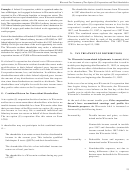 25
25 26
26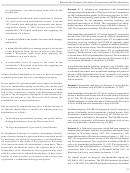 27
27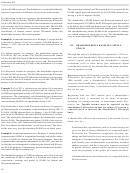 28
28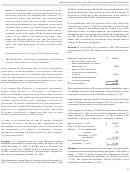 29
29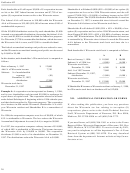 30
30








